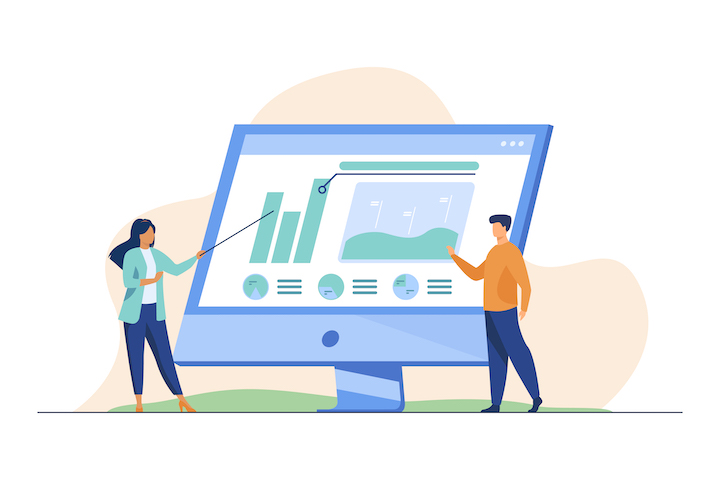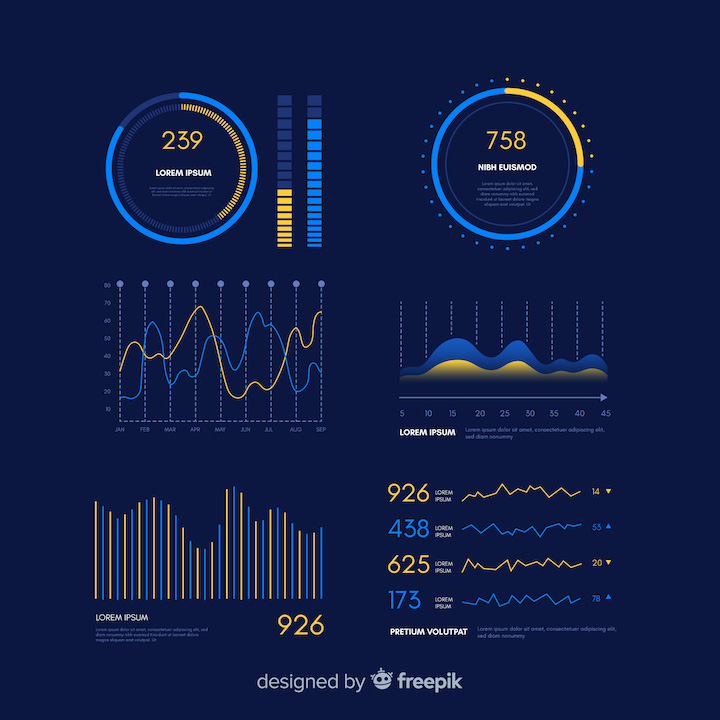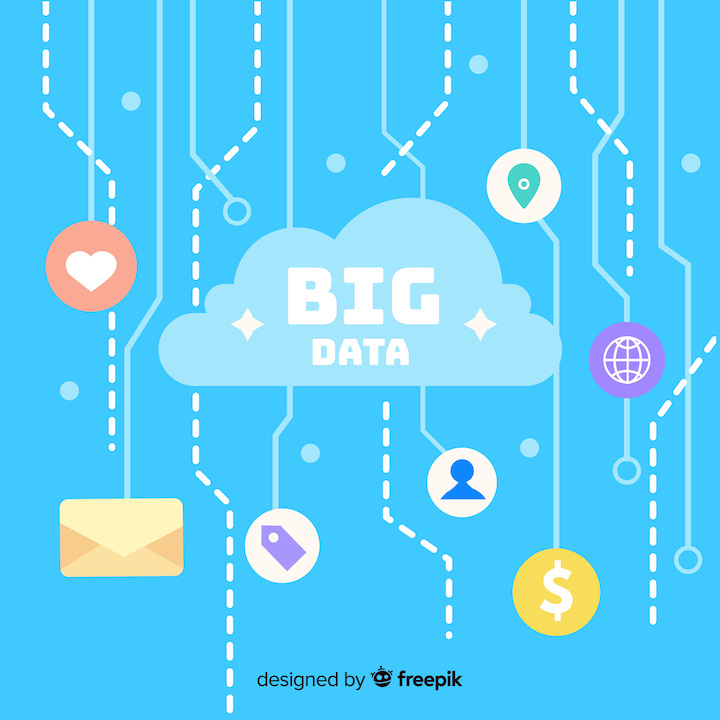Human Resources
Human Resources has gained an unsavory ―if not completely accurate― reputation as being organized around “gut feeling” decision making. But it doesn’t have to be that way; recent advancements in the effectiveness and accessibility of data-oriented insight generation have greatly improved the way organizations make decisions, and that pattern extends especially well to the HR department. Often known as “People Analytics”, the use of data in HR has grown quickly in the past several years as a result. In fact, according to a fairly recent report from Deloitte, 71% of companies now consider people analytics to be a high priority for their organization.
Whether you are an experienced data analyst, or just getting started in the world of data, HR professionals at all levels have plenty to gain from an optimized data strategy. This brief article will provide an overview of some of the best use cases for data analytics in HR.

Photo by Amy Hirschi on Unsplash
How can we identify which employees might leave the company ahead of time? How can we predict the success of job candidates based on their past experiences? How can we predict the effect of an organizational restructuring on employee turnover?
Predictive Analytics in HR

These are all questions that we can answer using predictive analytics. Traditionally, HR professionals have been limited to “gut feeling” decisions regarding questions such as these; this sort of decision making can be extremely imprecise, even if implemented optimally. However, thanks to key advancements in algorithmic prediction and machine learning ―as well as improvements in computing power― these professionals have access to predictive analytical methods which would have been thought to be impossible not long ago. If you are an HR professional who wants to make better-informed decisions when faced with incomplete information, predictive analytics is for you.
Dashboards & Real-Time Analytics
The days of entering data into Excel by hand are numbered. There are far more effective and automatable ways of updating data-based dashboards and reports out there today, which means those who do still enter data manually are wasting their time. And these improvements in automation allow for your reports to constantly stay fully up-to-date with up-to-the-second data as it is collected; this is a practice known as real-time analytics.
While these advancements are beneficial to data-oriented professionals in any industry, it is especially beneficial to HR professionals who maintain data-based report(s) and dashboard(s) of their own. View one of our sample projects for a previous client in the HR space here to see just how effective these real-time dashboards can be.

Employee Performance Benchmarking

It’s tough to put a number on an employee’s performance. However, HR professionals looking to compare employees effectively have access to quantities of data much larger than once thought feasible; this allows these professionals to assemble as evaluative and comprehensive a benchmarking system as possible. For example, instead of simply using a narrow-minded benchmark that only considers the small group of employees for which data is available, a data-savvy HR team can access and analyze productivity data across thousands or even millions of workers. To read more on the benefits of big data, our article on this subject is a great resource.
Data Analytics For Your HR Team
If you are looking to pull data from common HR systems into one place and view actionable, sharable dashboards, we highly recommend our client Employee Cycle. They excel at this and we helped build their dashboards.
If you are looking for more niche HR analytics, give us a call. We can do deep dives into your data and chat with you about options.


